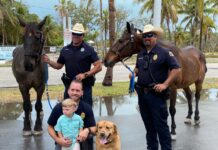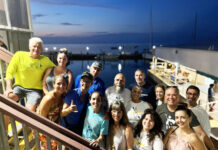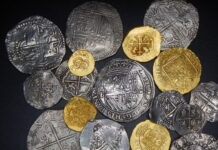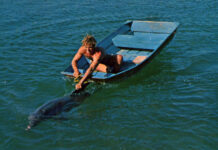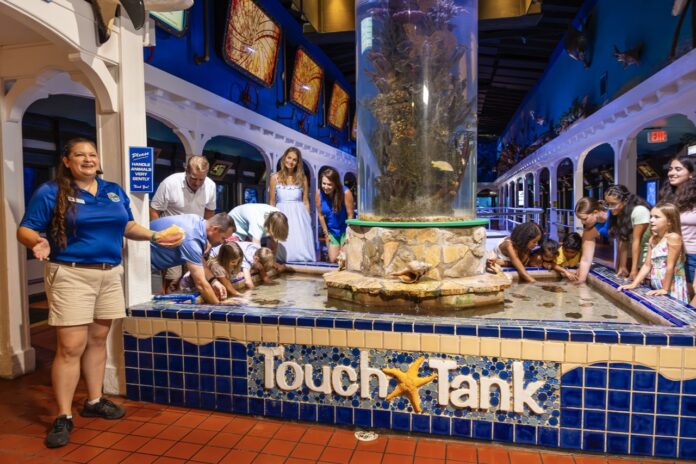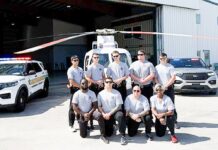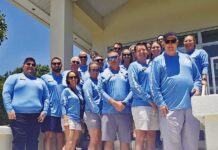Ready for some Key West trivia?
- What was the island’s very first tourist attraction, having opened 90 years ago this month, on Feb. 17, 1935, amid the depths of the Great Depression?
- Which attraction had to close seven months after it opened, when the 1935 hurricane destroyed the railroad that delivered most visitors to Key West?
- Which open-air, waterfront establishment was converted into a shooting range during World War II?
The answer is the same for each question — the Key West Aquarium.
It’s true. Key West’s first tourist attraction — and by extension its entire tourism economy — opened for business 90 years ago this month on Feb. 17, 1935.
The facility has a whole year of 90th anniversary activities planned for locals and visitors, but the official birthday celebration takes place Monday, Feb. 17, featuring free birthday cake for guests all day. In celebration of its 1935 opening, admission will be discounted to $19.35 for adults and is free for kids 4-12 all day on Feb. 17. At 11 a.m., Key West Mayor Dee Dee Henriquez will issue a proclamation designating Feb. 17 as Key West Aquarium Day.
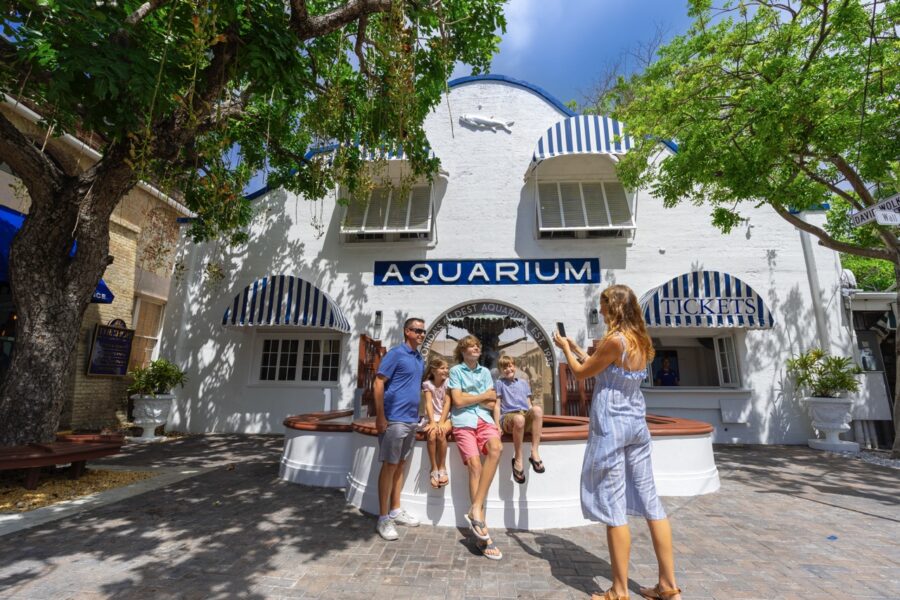
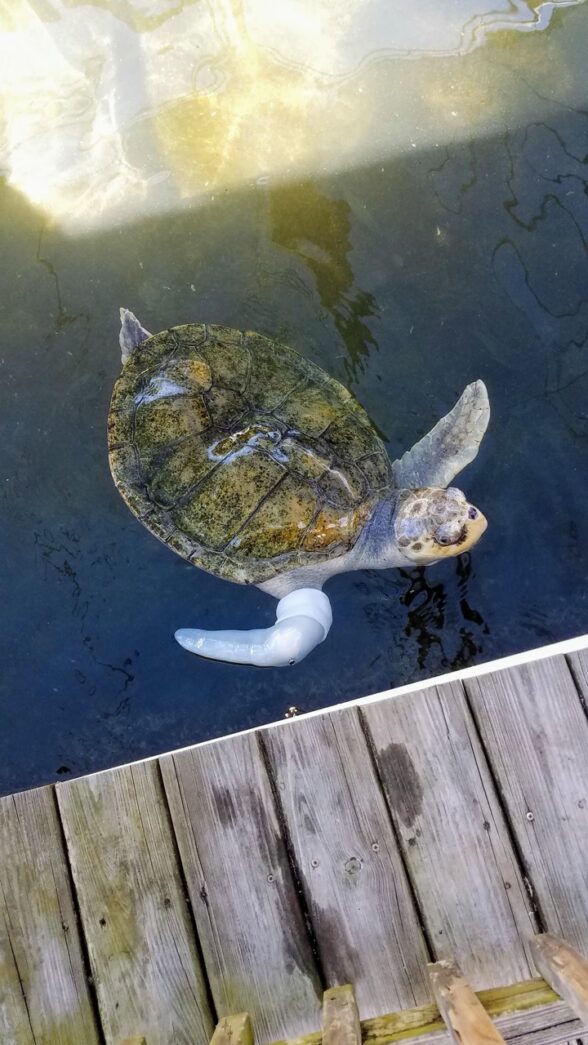
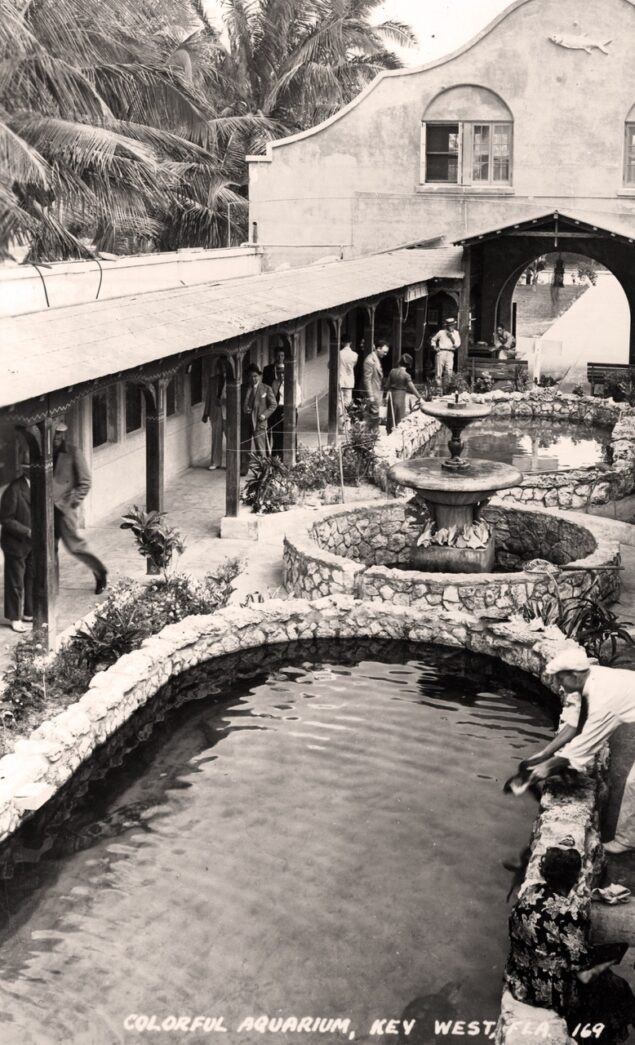
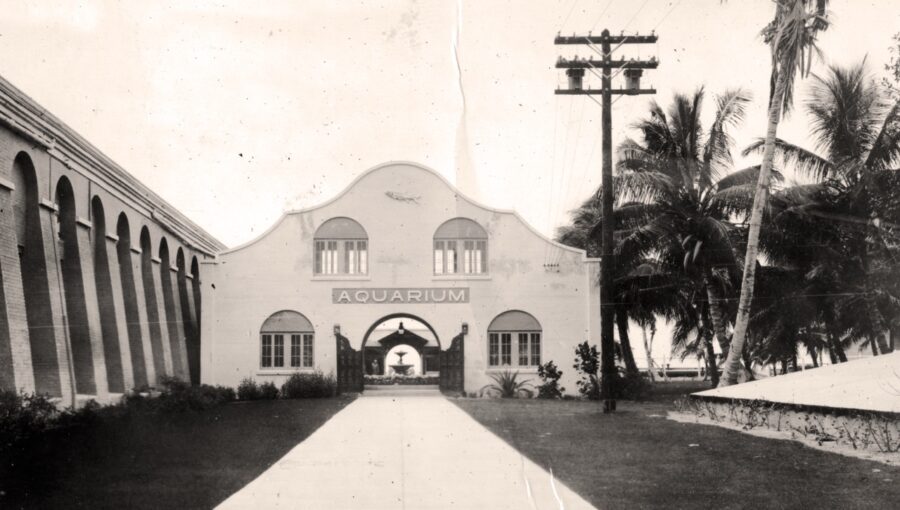
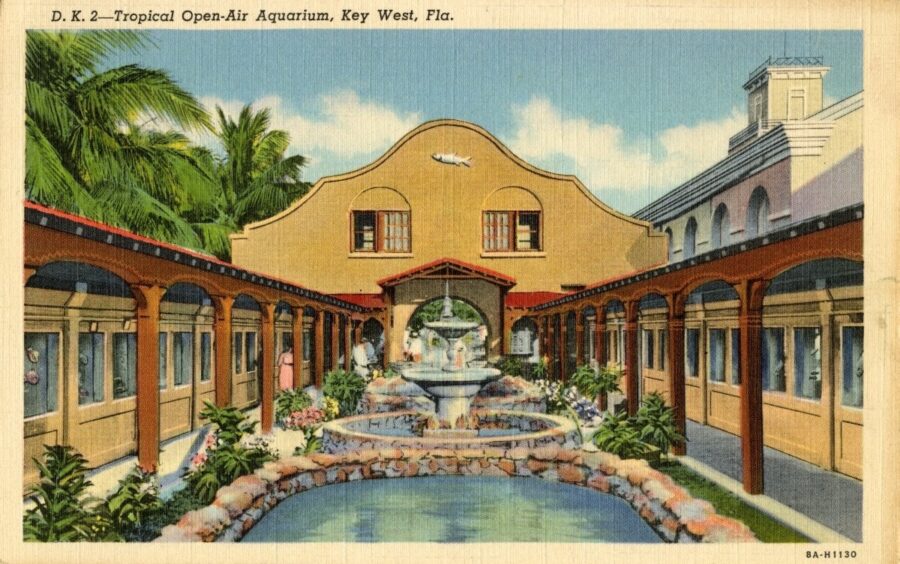
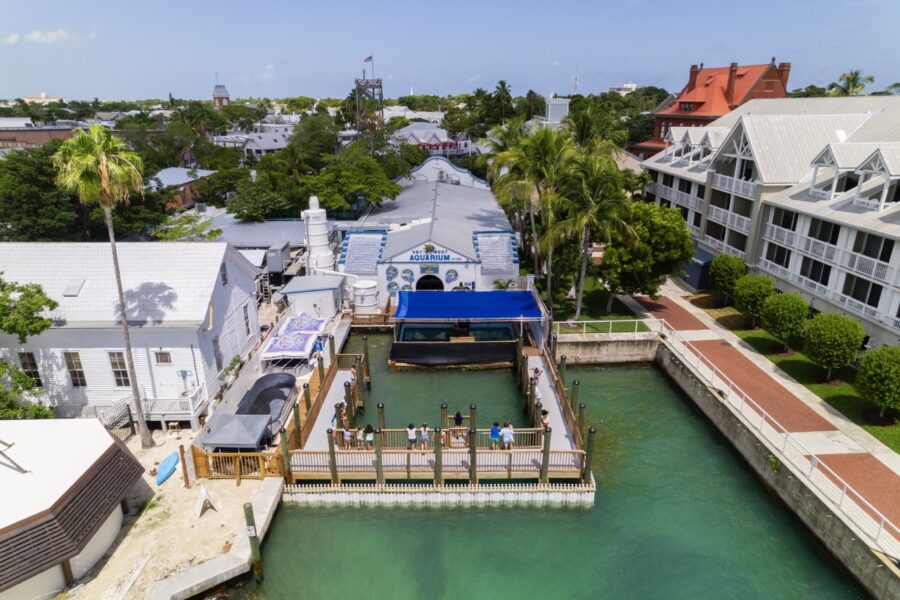
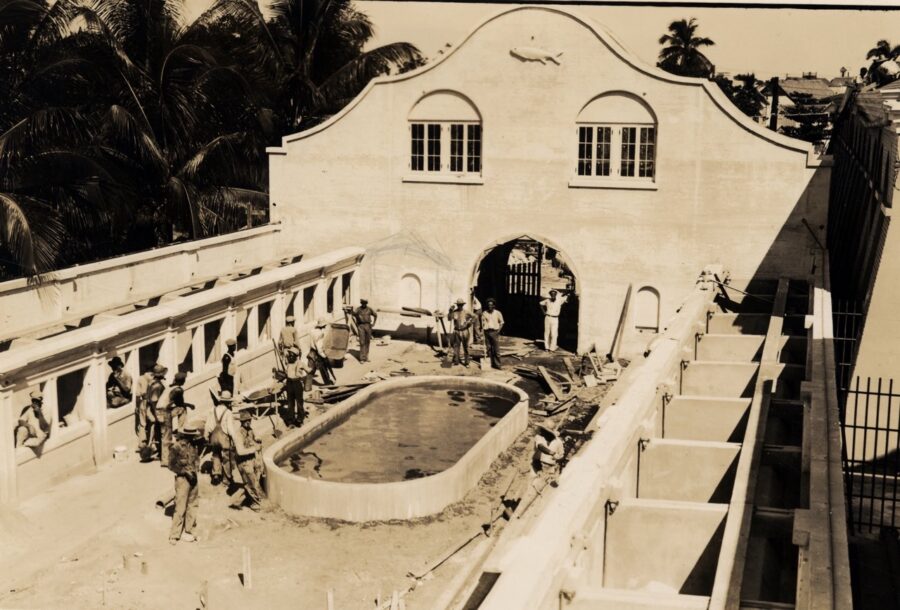
History of the Key West Aquarium
By 1934, Key West was broke and 80% of its residents were on welfare. City and county officials declared a state of emergency, and handed control of the island to the state of Florida and Gov. David Sholtz.
“The city’s financial plight, as one magazine reporter later observed, ‘was just about the most desperate in the country,’” wrote Garry Boulard in a 1988 essay for the Florida Historical Quarterly called, “State of Emergency: Key West in the Great Depression.”
The governor placed the entire city under the jurisdiction of the Federal Emergency Relief Act (FERA) and its regional director, Julius Stone Jr.
Stone would forever change the trajectory of the island city, envisioning a tourism mecca that took advantage of the city’s weather, natural beauty, architecture, tropical plants and warm waters.
It wouldn’t be easy, but Stone had nearly unlimited power in Key West, and $2 million of FERA funds. The federal program would later become the Works Progress Administration, a federal jobs program that provided funding and jobs to put able-bodied Americans to work building roads, bridges, hospitals, libraries, parks and, yes, the Key West Aquarium.
Stone encouraged the 10,000 Key West residents on welfare relief to take part in their own destiny and volunteer for 30 hours a week to clean up the city.
They turned homes into guest houses, built thatched huts on Rest Beach for visitors; painted and cleaned restaurants and bars, planted dozens of coconut palms; razed dilapidated buildings; built a dozen playgrounds, parks and at least one major swimming pool.
Meanwhile, construction crews, many of them unemployed veterans, were building the Key West Aquarium at the end of Whitehead Street.
It would be the first and largest open-air aquarium in the country, and would be equipped with a pipe system that furnished salt water from the harbor to the tanks.
The idea was to attract visitors to the little island city, boost the local economy, and serve as a showroom for other aquariums wishing to feature Key West’s diverse native marine life in their own exhibits.
The peak of that first tourist season in Key West occurred in February 1935, the same month the aquarium opened. The same month, American Magazine wrote that Key West might become a ‘hot-cha roaring whoopee town. If so, all luck with them — certainly that’s better than the desolation of 1934.’”
Key West did become such a town, but the aquarium was forced to close seven months later when the hurricane of 1935 destroyed the railroad and once again separated Key West from the mainland.
The military leased the building from the city during World War II and converted it to a shooting range.
“By the late 1970s, the aquarium was showing signs of its age and was closed for several years to undergo restoration and expansion under the direction of two of Key West’s leading businessmen, Chris Belland and Ed Swift III,” states the aquarium’s website. “Interior exhibits were enhanced. One addition was the 50,000-gallon Atlantic Shores exhibit that provided space for large species of game fish, tropical fish, sharks, sea turtles and more, including a mangrove shoreline.”
The aquarium reopened in 1982, just as tourism was becoming the main economic engine for Key West and the Florida Keys.
Today the aquarium is home to over 250 specimens of fish, sharks and four of the five species of sea turtles that inhabit the waters of the Florida Keys.
“The aquarium really put Key West on the path as a tourist destination,” said John Hodge, operations manager. “The aquarium’s collection is reflective of the Florida Keys nearshore environment and gives both locals and visitors an opportunity to see up close the undersea residents of the Keys.”
Visit keywestaquarium.com for a schedule of special events taking place each month throughout 2025. Ninety never looked so good.


